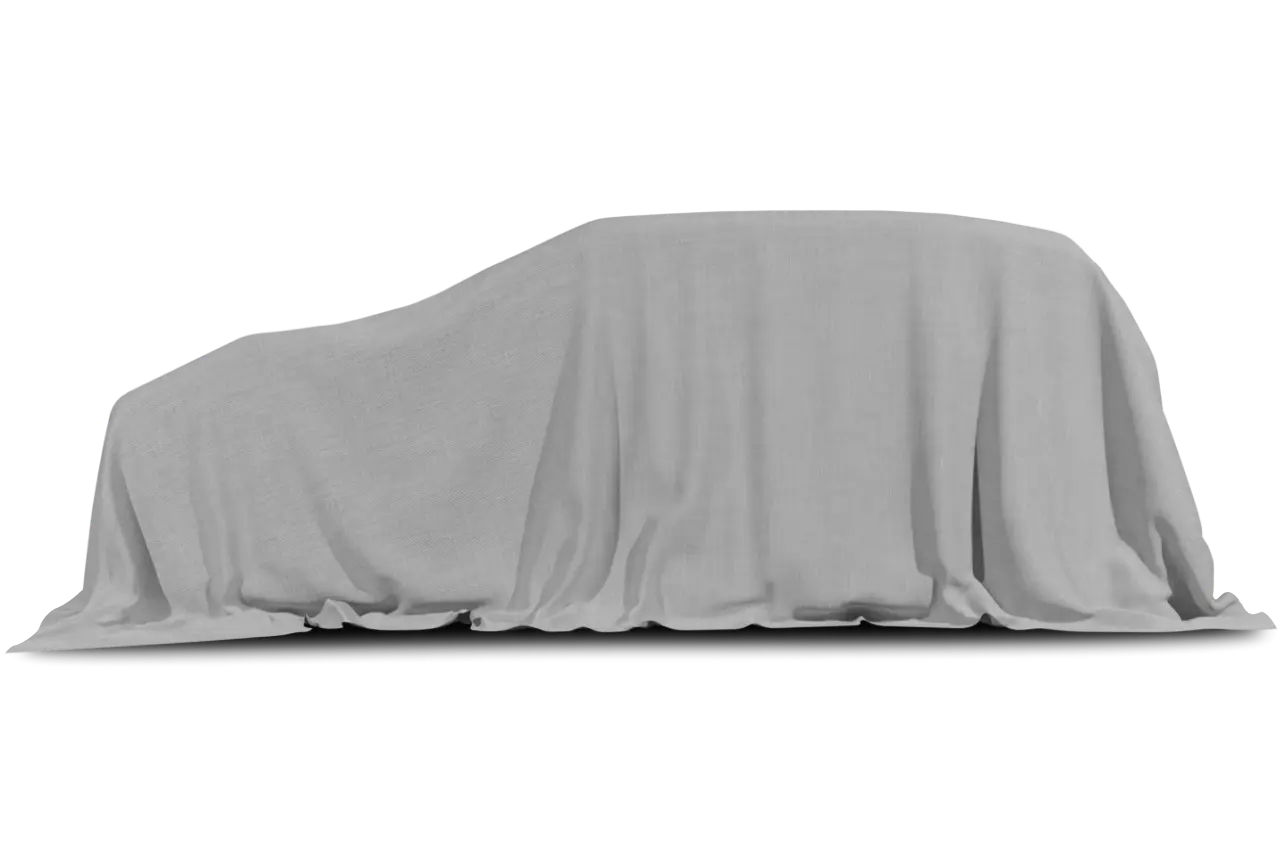
I like the 1999 Chevrolet TrailBlazer so much that I’ve put it on my own new-vehicle shopping list. The reasons are many. But the biggest is that it is one of the few sport-utility models I can drive without embarrassment.
Ditto the TrailBlazer’s cousin, the 1999 GMC Envoy. The vehicles are the upscale relatives of the Chevrolet Blazer and GMC Jimmy, respectively.
But though they come from the better side of the tracks, neither the TrailBlazer nor the Envoy comes with a nouveau riche attitude. They are conservatively, pleasantly styled truck-wagons that are more wagon than truck–especially in the case of the TrailBlazer, which, like its less expensive siblings, continues to be offered in two-wheel and four-wheel drive. The Envoy is sold in four-wheel-drive only.
There is something refreshingly sensible about this. Most sport-utility models on U.S. roads today are used the way station wagons were employed two decades ago–to haul lots of stuff and about five people. Yet many current sport-utes are over-engineered for typical use. They are designed to go off-road, climb mountains. Some come with steel brush-guards, perhaps to protect their bodies from scrapes with other vehicles in untamed parking lots.
It’s nutty stuff, and I don’t want any part of it. What I want is a hauler and runner. And because I like nice things, I want it to have certain amenities, such as leather seats and maybe Zebrano wood paneling, and a nice stereo and some gadgets, such as a navigational system, to satisfy my gizmo craving.
And I want it all in a package that does not look as if I have more money than common sense. Being a goofball is one thing, but signaling your goofiness to the rest of the world is quite another. The TrailBlazer’s elegantly simple exterior of clean lines and rounded corners helps to keep such shortcomings private.
Functionally, both the TrailBlazer and Envoy are every bit as competent as, say, the Land Rover Discovery Series II in daily use–commuting, hauling, long-distance on-road driving.
General Motors Corp., which makes the TrailBlazer and Envoy, would like to argue that those models also are a match for the Discovery Series II in off-road driving. But that’s baloney. The TrailBlazer and Envoy do okay in modest off-road conditions. But Land Rover is king in the rough.
Still, the point is that most people don’t buy sport-utes to go on safari, which means that the Discovery II and vehicles of similar rock-crawling engineering are a waste of money and performance potential. I mean, it’s embarrassing to be rolling around in one of those things without lots of mud on the flaps, and without dents, dings and scrapes on the body panels.
Put another way, the amount of waste on a rough-tough sport-ute is inversely proportional to the absence of surface body damage to that vehicle.
So, make mine the TrailBlazer, preferably in the less-expensive two-wheel-drive mode. It might not be much off-road. But who cares? To me, d riving in the dust and mud is just another version of yard work.
1999 Chevrolet TrailBlazer and GMC Envoy
Complaints: I like amenities, but I loathe the electronically controlled, memory adjustable driver’s seat in the tested four-wheel-drive TrailBlazer. Such seats seem to always be out of position, partly because garage attendants tend to fool around with the memory input buttons. Simple power or manually adjustable seats would be better.
Praise: Excellent overall build quality in both the TrailBlazer and Envoy. Also, both models have simple, effective, easy-to-use, push-button Autotrac four-wheel-drive systems, which also include a four-wheel low gear for driving through mud or deep snow.
Head-turning quotient: Classic lines, classic beauties.
Ride, acceleration and handling: Smooth ride for both the TrailBlazer and Envoy. Excellent acceleration. Very good handling in both models, assuming that they are driven within the boundaries of common sense.
Brakin g is good. Both the TrailBlazer and Envoy use power four-wheel discs with standard, four-wheel anti-locks.
Drivetrain: Both the TrailBlazer and Envoy use GM’s Vortec 4.3-liter V-6 engineered to produce 190 horsepower at 4,400 rpm and 250 pound-feet of torque at 2,800 rpm. An electronically controlled, four-speed automatic transmission is standard in both models.
Capacities: Both models seat five people and can be equipped to tow trailers weighing up to 5,000 pounds. (That’s up to 5,500 pounds for the two-wheel-drive TrailBlazer.)
Cargo volume with rear seat up is 30.2 cubic feet and 66.9 cubic feet with rear seat down. Fuel capacity is 18 gallons of regular unleaded gasoline.
Mileage: In lightly loaded condition, mileage worked out to about 18 miles per gallon for an estimated range of 324 miles in both the TrailBlazer and Envoy.
Prices: Base price on the TrailBlazer is $32,770; dealer’s invoice is $29,657; price as tested is $34,695, including $1,400 in options and a $525 destination charge. Base price on the GMC Envoy is $33,600 and dealer’s invoice is $30,408. Price as tested is $35,480, including $1,355 in options and a $525 destination charge.
Purse-strings note: The regular Chevrolet Blazer (as opposed to “TrailBlazer”) and GMC Jimmy are cheaper–and essentially the same vehicles. Compare TrailBlazer and Envoy with Land Rover Discovery II, Dodge Durango, Ford Explorer, Jeep Grand Cherolet, Toyota 4-Runner, Isuzu Trooper/Acura SLX.



















